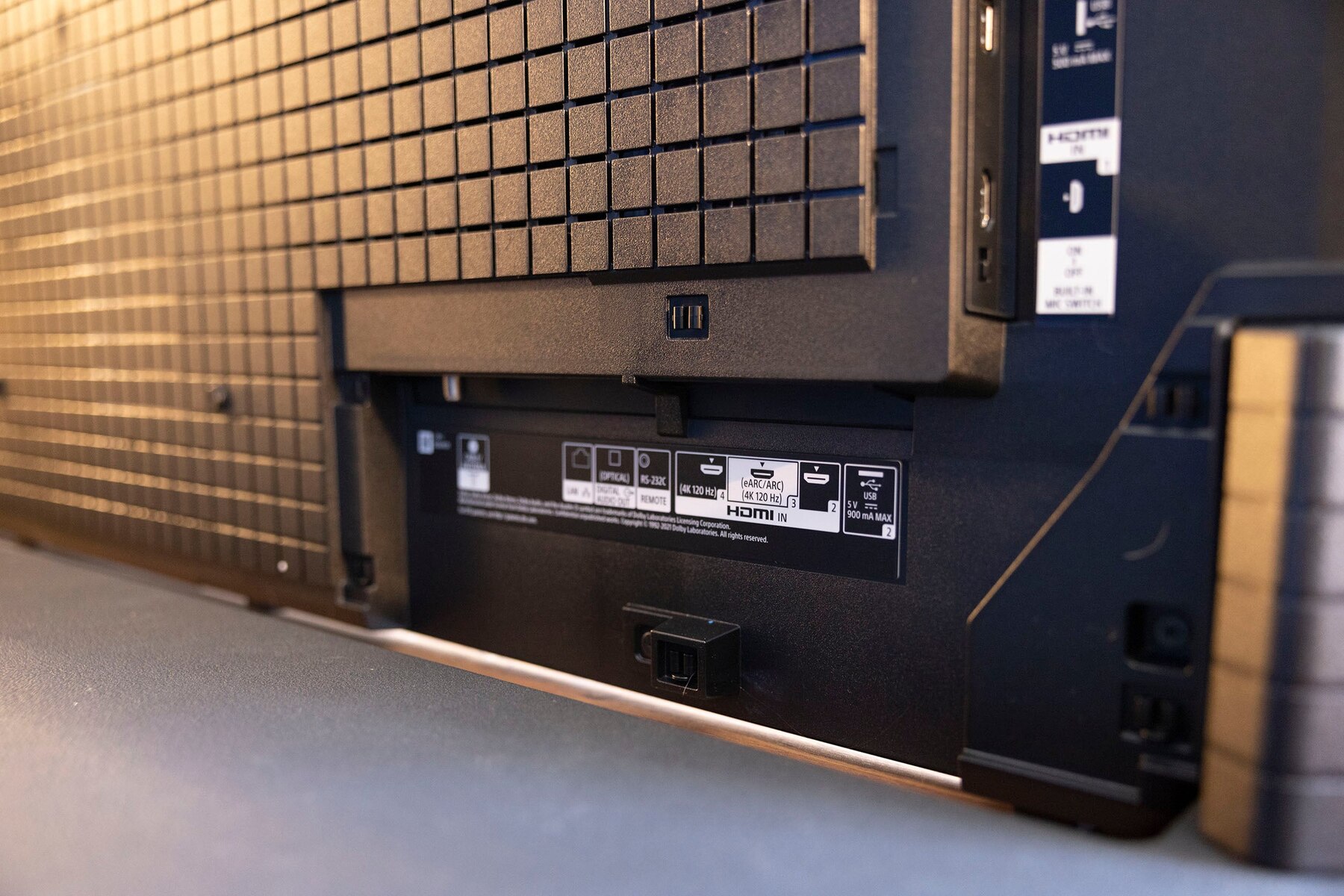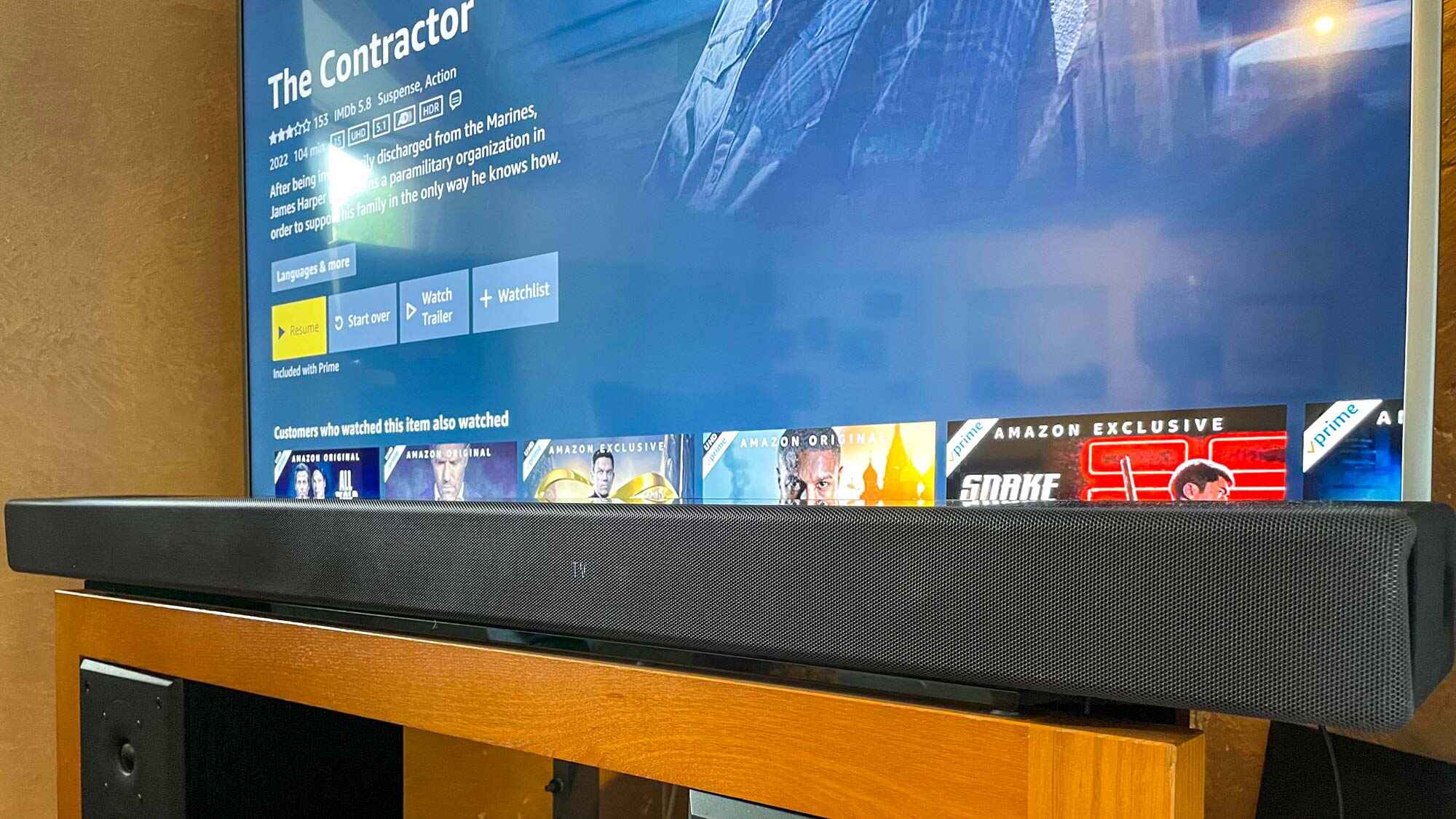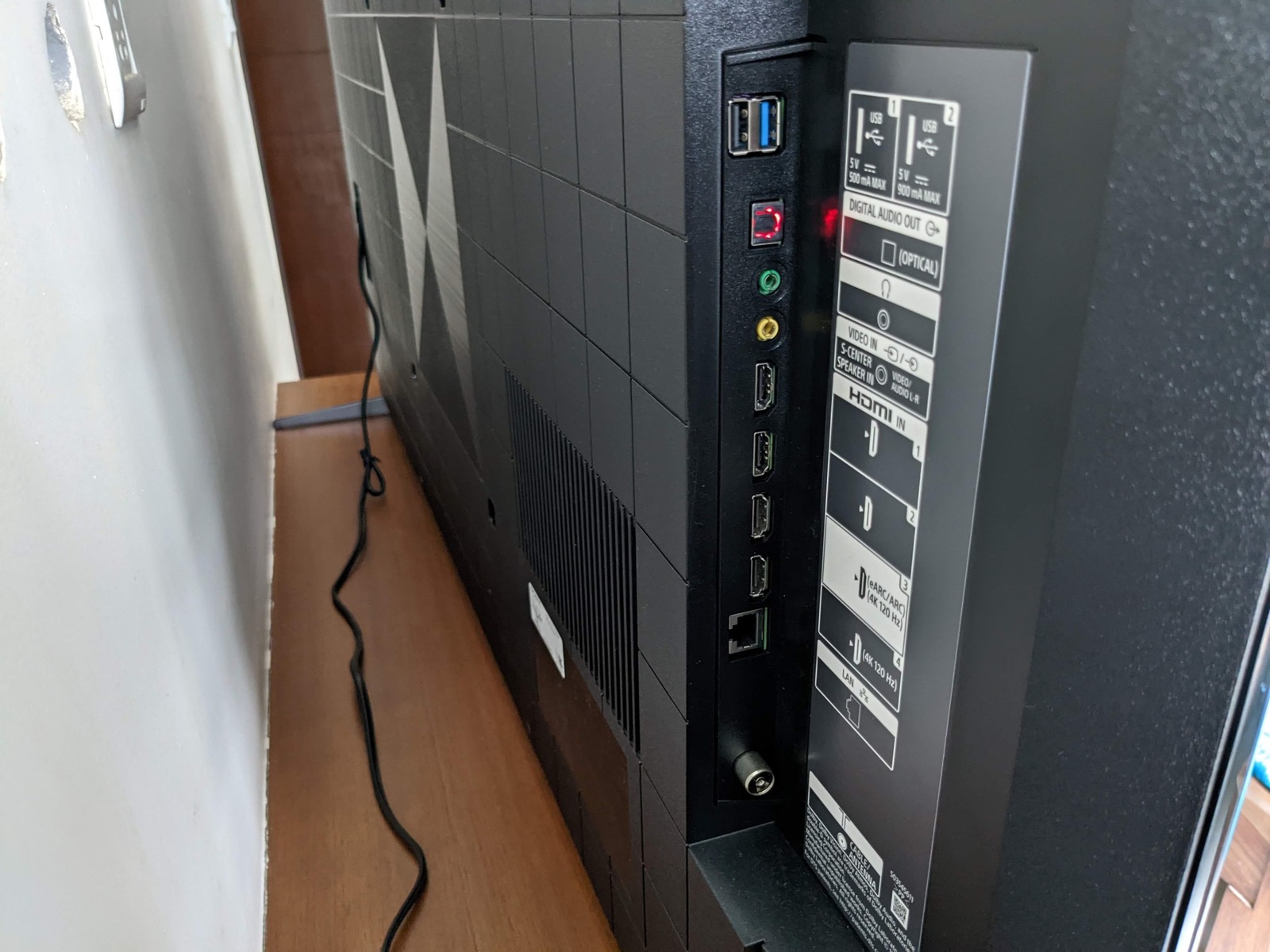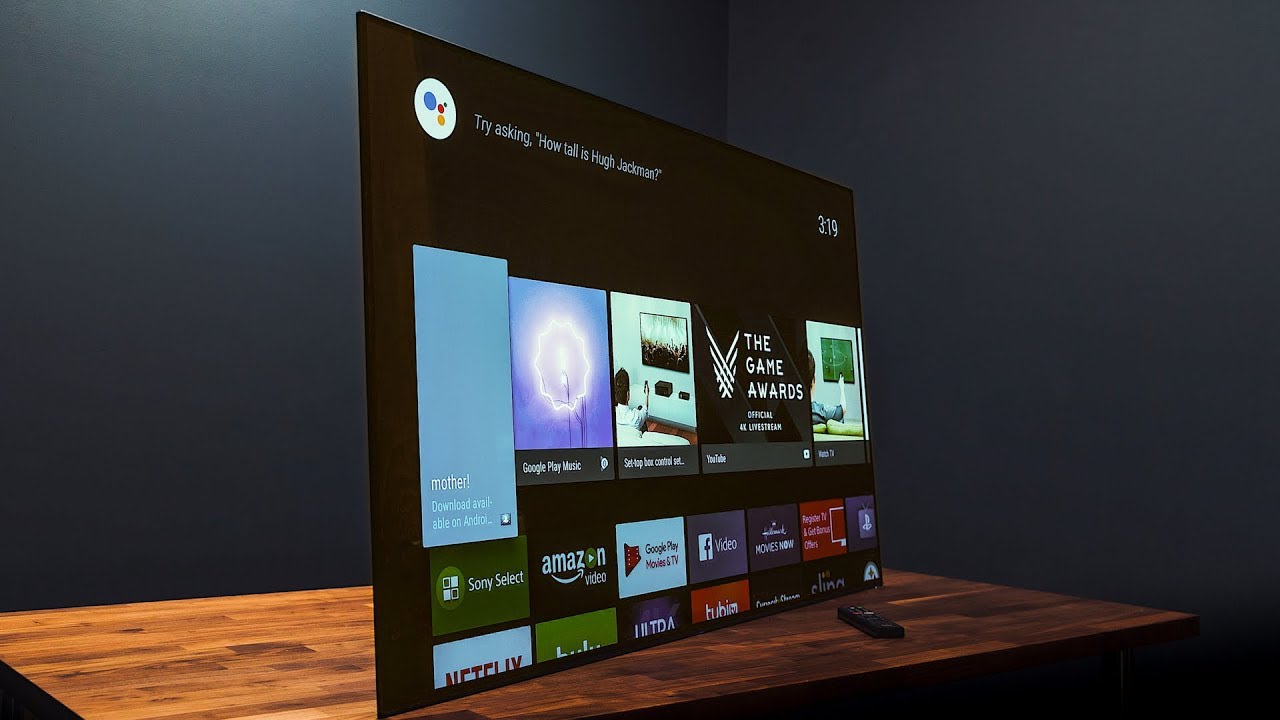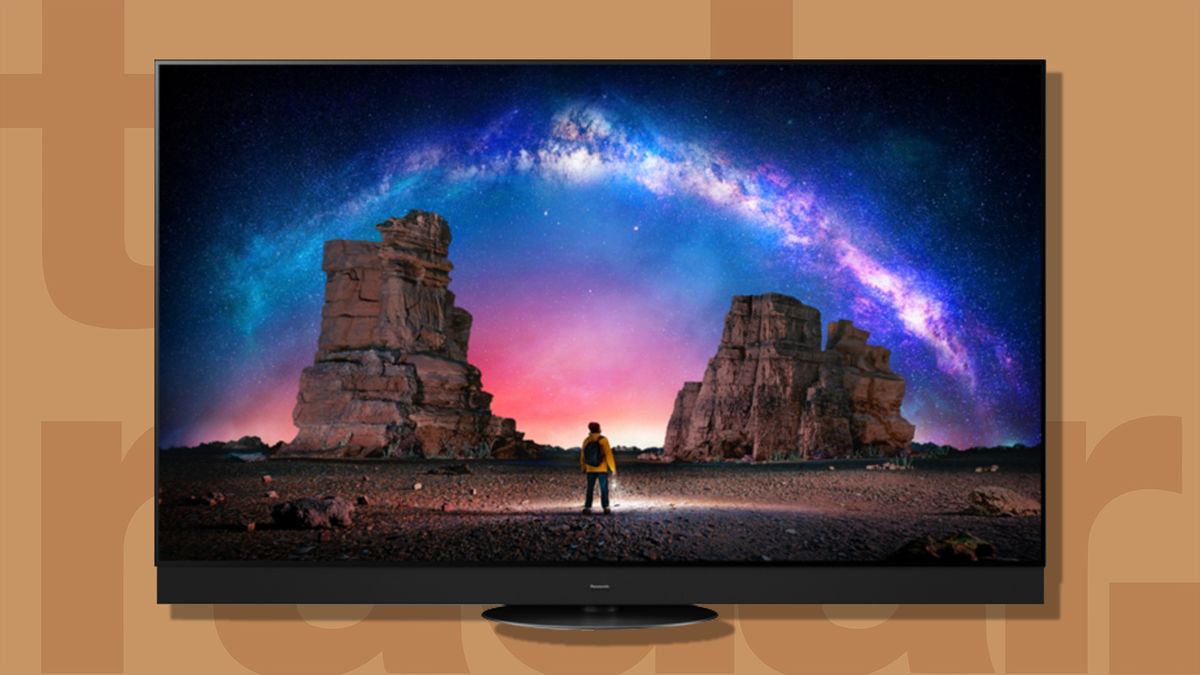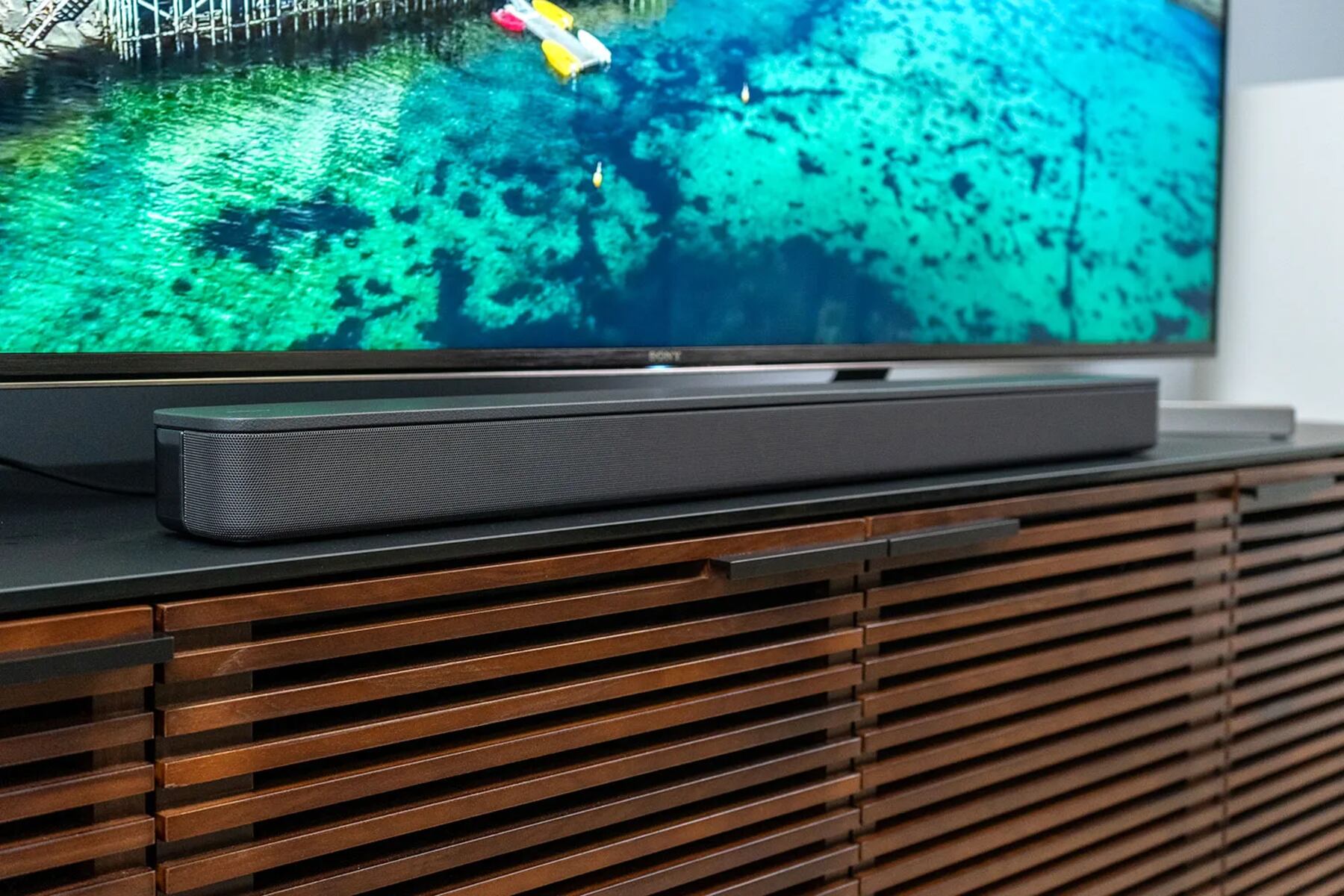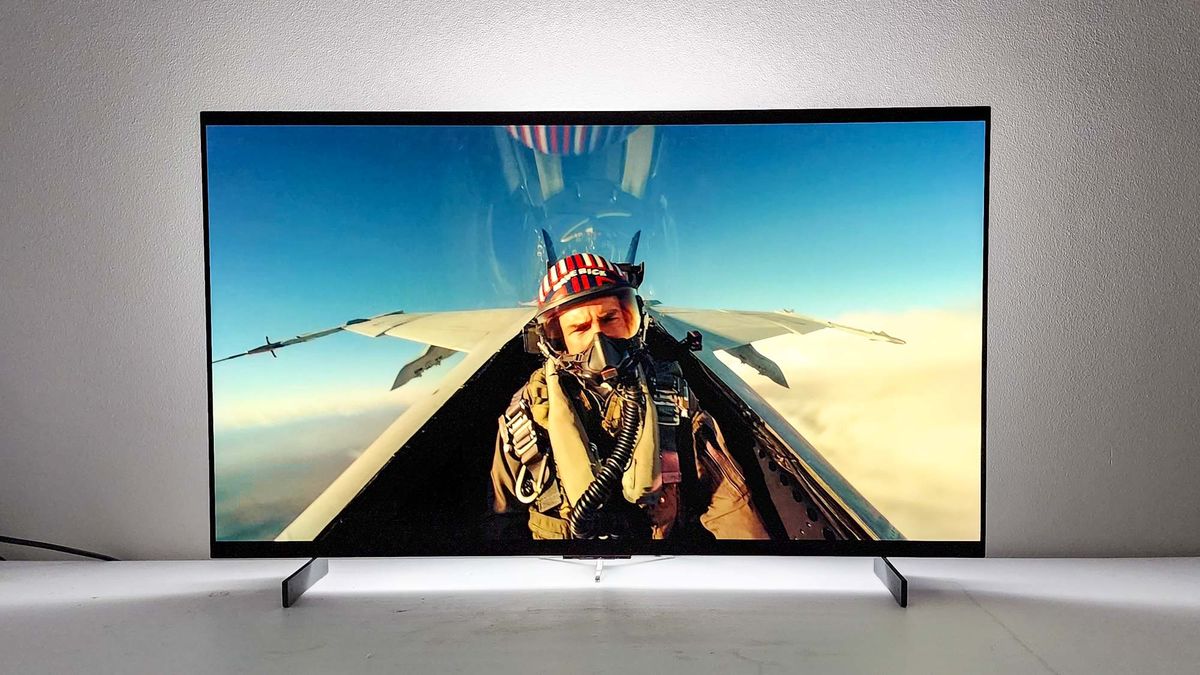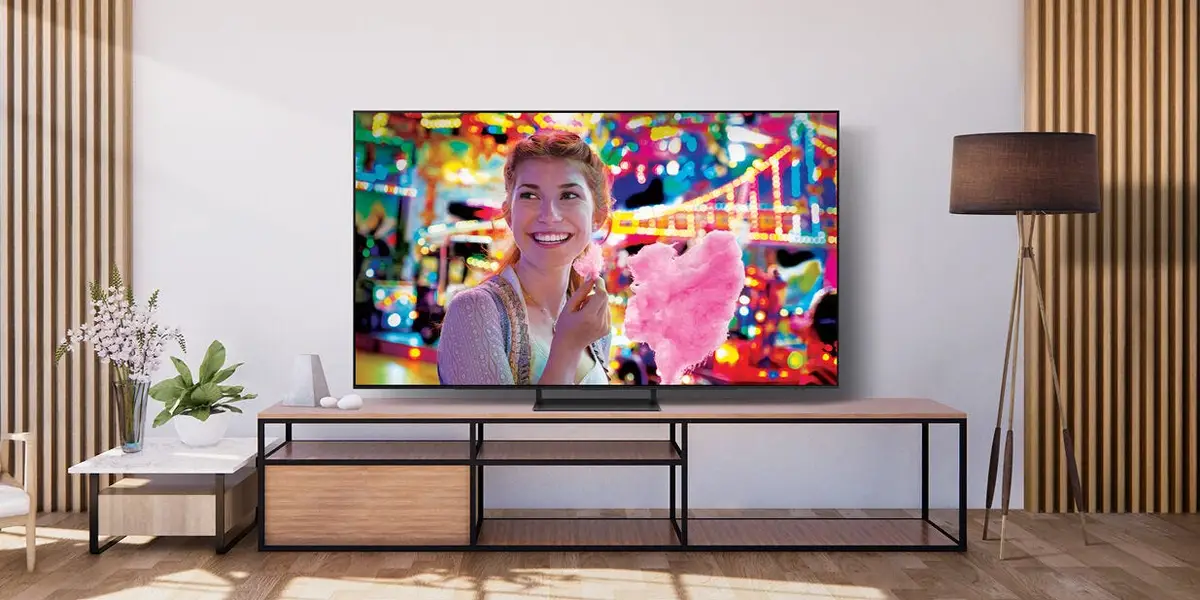Introduction
Welcome to our guide on finding the HDMI ARC port on your Sony Bravia TV. HDMI ARC, or Audio Return Channel, is a feature that allows for the transmission of audio signals from your television back to your AV receiver or soundbar. This eliminates the need for extra cables and provides a more seamless audio experience.
If you are looking to connect your Sony Bravia TV to an AV receiver or soundbar, it is essential to identify the HDMI ARC port correctly. This dedicated port ensures that the audio from your TV is sent back to your external audio device, ensuring optimal sound quality and ease of use.
Knowing how to identify the HDMI ARC port on your Sony Bravia TV can save you time and frustration when setting up your audio system. In this guide, we will walk you through the step-by-step process of finding the HDMI ARC port on your Sony Bravia television.
Whether you are a tech-savvy individual or just starting to explore the world of audio connections, this article will provide you with the knowledge you need to make the most of your Sony Bravia TV’s audio capabilities.
What is HDMI ARC?
HDMI ARC, or Audio Return Channel, is a feature that allows for audio to be transmitted from your television to an external audio device, such as an AV receiver or a soundbar, through a single HDMI cable. This simplifies the audio setup process and eliminates the need for extra cables cluttering your entertainment area.
The HDMI ARC technology was introduced as an addition to the HDMI standard to enhance the audio capabilities of modern TVs. In traditional setups, audio signals were sent from external devices, such as Blu-ray players or gaming consoles, to the TV through an HDMI input. However, when it came to sending the audio from the TV to an external audio device, additional cables or complex setups were necessary.
With HDMI ARC, TVs can now transmit audio signals back to the connected AV receiver or soundbar using the same HDMI cable that connects the devices. This bidirectional communication simplifies the setup process and ensures that the audio from your TV is played through external speakers or audio devices, resulting in a more immersive and high-quality audio experience.
It’s important to note that HDMI ARC supports not only standard audio formats but also advanced audio formats, including Dolby Atmos and DTS:X. This means that if your TV and your audio device support these formats, you can enjoy a truly cinematic audio experience right in your living room.
Furthermore, HDMI ARC also supports other features, such as CEC (Consumer Electronics Control), which allows you to control multiple devices connected via HDMI with a single remote control. This simplifies the overall user experience and eliminates the need for juggling multiple remotes.
In summary, HDMI ARC is a feature that simplifies the audio setup process by allowing audio signals to be transmitted from your TV back to an external audio device through a single HDMI cable. It supports a wide range of audio formats and enhances your overall entertainment experience by providing high-quality sound and seamless control.
Why is HDMI ARC important?
HDMI ARC is an important feature for several reasons. Firstly, it eliminates the need for multiple audio cables, simplifying the setup and reducing cable clutter. With HDMI ARC, a single HDMI cable can handle both the video and audio signals between your TV and external audio devices, such as soundbars or AV receivers.
This convenience factor not only saves you from having a mess of cables behind your entertainment system but also makes it easier to set up and connect your audio devices. Just plug one end of the HDMI cable into the HDMI ARC port on your TV and the other end into the HDMI ARC input on your soundbar or AV receiver, and you are ready to go.
Secondly, HDMI ARC ensures audio synchronization, providing a seamless viewing experience. When using external audio devices, such as soundbars or home theater systems, it’s crucial that the audio is perfectly synchronized with the video. HDMI ARC technology guarantees this synchronization, so you won’t experience any audio delays or frustrating lip-sync issues.
Another significant advantage of HDMI ARC is its compatibility with advanced audio formats, such as Dolby Atmos and DTS:X. These audio formats deliver immersive, three-dimensional sound, creating a theater-like experience in your own home. With HDMI ARC, you can enjoy these advanced audio formats by connecting your compatible TV to an audio device that also supports them.
Furthermore, HDMI ARC simplifies the overall user experience by enabling CEC (Consumer Electronics Control) functionality. CEC allows you to control multiple devices connected via HDMI with a single remote control. For example, if your TV is connected to a soundbar or AV receiver through HDMI ARC, you can control the volume of your audio device using your TV remote. This eliminates the need for multiple remotes and makes it more convenient to operate your entire entertainment system.
In summary, HDMI ARC is important because it simplifies the setup process, reduces cable clutter, ensures audio synchronization, supports advanced audio formats, and enables seamless control of multiple devices. With HDMI ARC, you can enjoy a hassle-free and immersive audio experience while enhancing the overall convenience of your entertainment system.
How to identify the HDMI ARC port on your Sony Bravia?
Identifying the HDMI ARC port on your Sony Bravia TV is essential to take advantage of the audio return channel feature. The location of the HDMI ARC port may vary depending on the specific model and design of your TV, but the following steps will help you in finding it:
- Start by locating the HDMI ports on the back or side of your Sony Bravia TV. These ports are usually labeled as HDMI and numbered, indicating the HDMI input number.
- Look for an HDMI port labeled with “ARC” or “Audio Return Channel.” It may also be marked with an arrow pointing towards it or have a different color compared to the other HDMI ports. The “ARC” designation signifies that this HDMI port supports the audio return channel functionality.
- If you are unable to find any specific labeling or markings, refer to your TV’s user manual. The manual will provide detailed information on the location and labeling of the HDMI ARC port for your specific Sony Bravia model.
- In some cases, your Sony Bravia TV might have a specific HDMI input designation for ARC, such as HDMI 1 (ARC) or HDMI 2 (ARC). If this is the case, look for the corresponding HDMI input on your TV.
It’s crucial to note that not all HDMI ports on your Sony Bravia TV support the audio return channel feature. Only the designated HDMI ARC port can transmit audio signals from your TV back to your audio device. It is essential to utilize the correct HDMI ARC port to ensure proper functionality.
If you have connected your TV to an audio device through the HDMI ARC port, make sure to adjust the audio settings on your TV to enable the audio return channel. Access the TV’s settings menu and navigate to the audio or sound settings section. Look for an option to enable HDMI ARC or audio return channel and select it. This will activate the audio return channel feature and ensure that the audio signals are sent back to your audio device.
In summary, to identify the HDMI ARC port on your Sony Bravia TV, look for specific labeling or markings on the HDMI ports, consult your TV’s user manual for guidance, or refer to a designated HDMI input for ARC. Properly identifying the HDMI ARC port is crucial for enabling the audio return channel feature and ensuring optimal audio performance with your Sony Bravia TV and external audio devices.
Step-by-step guide to finding the HDMI ARC port
If you’re having trouble locating the HDMI ARC port on your Sony Bravia TV, don’t worry. Follow this step-by-step guide to easily identify the HDMI ARC port:
- Start by checking the back or side of your Sony Bravia TV for the HDMI ports. Typically, these ports are labeled as HDMI and numbered.
- Take note of the numbering or labeling of the HDMI ports on your TV. This will help you keep track of the different inputs.
- Look for an HDMI port that is specifically labeled as “ARC” or “Audio Return Channel.” It might also have an arrow pointing towards it or a different color compared to the other HDMI ports.
- If you can’t find any explicit labeling or markings, consult your TV’s user manual. It should provide detailed information about the location and identification of the HDMI ARC port for your specific Sony Bravia model.
- If your TV has a specific HDMI input designation for ARC, such as HDMI 1 (ARC) or HDMI 2 (ARC), search for the corresponding HDMI input on your TV.
- Once you’ve located the HDMI ARC port, make sure to connect your audio device, such as a soundbar or AV receiver, to it using a high-speed HDMI cable.
- After connecting the audio device to the HDMI ARC port, go to your TV’s settings menu and navigate to the audio or sound settings section.
- Look for an option to enable HDMI ARC or audio return channel. Enable this option to activate the audio return channel feature.
- Finally, test the audio output to ensure that it is being transmitted from your TV to the connected audio device through the HDMI ARC connection.
By following these simple steps, you will be able to easily locate and connect your Sony Bravia TV’s HDMI ARC port, enabling seamless audio transmission between your TV and external audio devices.
What to do if your Sony Bravia does not have an HDMI ARC port?
If your Sony Bravia TV does not have an HDMI ARC (Audio Return Channel) port, there are still a few options available for connecting your TV to an external audio device. Here are some alternative solutions to consider:
- Optical Audio Connection: Many Sony Bravia TVs come equipped with an optical audio output port. This port, also known as TOSLINK or SPDIF, can be used to connect your TV to an audio device that supports optical input. Simply connect an optical audio cable from the TV’s optical output to the audio device’s optical input, and you will be able to transmit audio signals.
- HDMI Audio Extractor: If your TV has multiple HDMI ports but none of them support ARC, you can use an HDMI audio extractor. This device allows you to extract the audio from the HDMI signal and send it to your audio device through a separate audio connection, such as optical or analog. Connect your HDMI source (e.g., cable box or Blu-ray player) to the HDMI input of the extractor, then connect the HDMI output of the extractor to your TV. Lastly, connect the extracted audio output to your audio device.
- Analog Audio Connection: If your TV has analog audio output ports, you can use a pair of RCA cables to connect the TV to your audio device. Simply plug one end of the RCA cables into the TV’s audio output ports and the other end into the corresponding audio input ports on your audio device. Keep in mind that analog connections may not support advanced audio formats like Dolby Atmos.
- External Streaming Device: If your main concern is connecting external audio devices for streaming purposes, an external streaming device like a media player or streaming stick can be a viable solution. These devices usually have their own audio outputs, such as HDMI or optical, that you can connect directly to your audio device.
It’s important to note that while these alternative connections can still provide audio transmission from your Sony Bravia TV to an external audio device, they may not offer all the features and convenience that HDMI ARC provides. However, they can still deliver satisfactory audio performance and enhance your viewing experience with improved sound quality.
When considering these alternatives, make sure to check the available audio outputs on your Sony Bravia TV and the input options supported by your audio device, ensuring compatibility and optimal audio transmission.
In summary, if your Sony Bravia TV does not have an HDMI ARC port, you can use alternative connections such as optical audio, HDMI audio extractors, analog audio, or external streaming devices to transmit audio to an external audio device. While these alternatives may not offer the same level of convenience and features as HDMI ARC, they still provide viable options for enhancing your audio experience with your Sony Bravia TV.
Conclusion
In this guide, we have explored the importance of the HDMI ARC (Audio Return Channel) feature and how to identify the HDMI ARC port on your Sony Bravia TV. HDMI ARC simplifies the audio setup process by allowing audio signals to be transmitted from your TV to an external audio device through a single HDMI cable.
By locating the HDMI ARC port on your Sony Bravia TV, you can take advantage of various benefits, such as eliminating cable clutter, ensuring audio synchronization, supporting advanced audio formats, and enabling seamless control of multiple devices through CEC functionality.
If your Sony Bravia TV does not have an HDMI ARC port, alternative options such as optical audio connections, HDMI audio extractors, analog audio connections, or external streaming devices can be used to connect to external audio devices.
Remember to consult your TV’s user manual for specific information regarding the location and identification of the HDMI ARC port on your Sony Bravia model.
Overall, understanding and utilizing the HDMI ARC feature can greatly enhance your audio experience and simplify your entertainment setup. Whether you’re connecting a soundbar, AV receiver, or other audio devices, HDMI ARC ensures high-quality audio transmission without the need for extra cables and complicated configurations.
Now that you have the knowledge to identify the HDMI ARC port on your Sony Bravia TV, you can confidently set up your audio devices and immerse yourself in a superior audio experience while enjoying your favorite movies, shows, and games.







